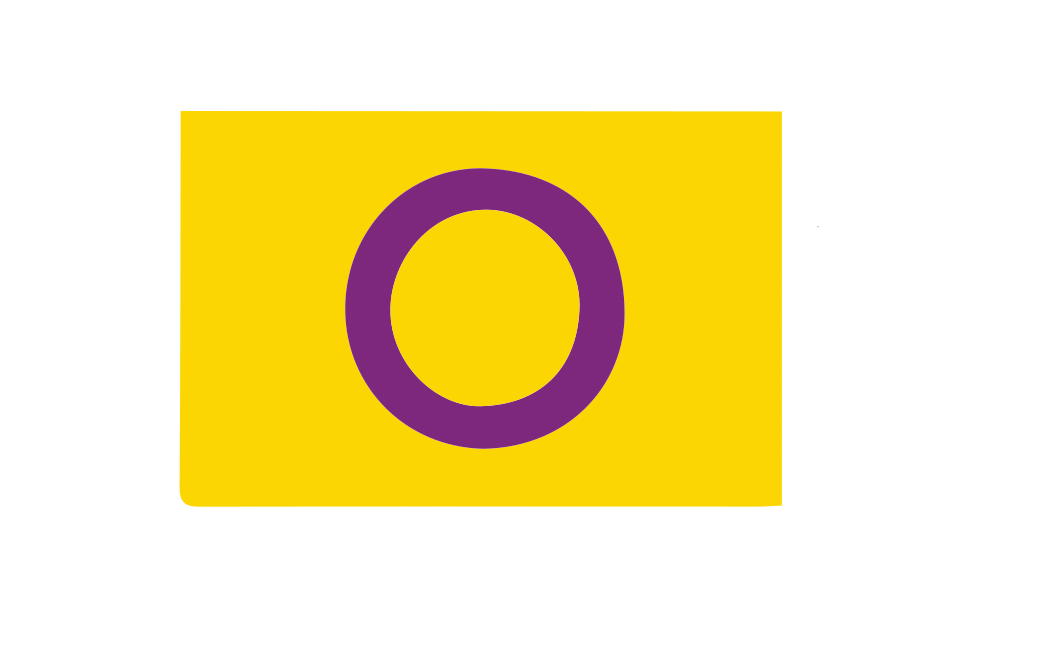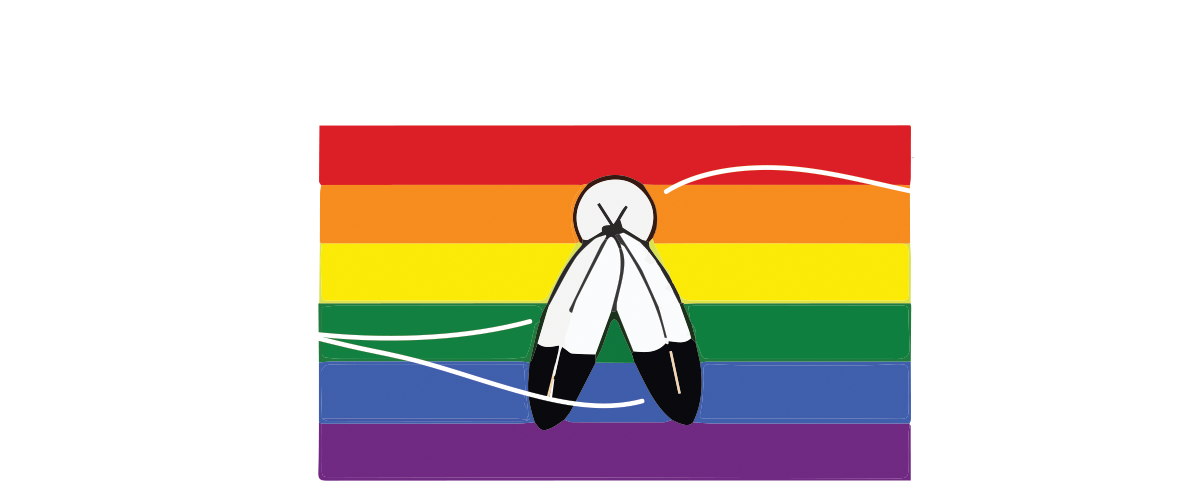A genderfluid person is someone who does not identify themselves as having a fixed gender. Genderfluid people experience gender fluctuations over time. For some genderfluid individuals, gender changes are arbitrary, while for some, they’re extreme. Gender fluctuations may happen slowly over a period of months or years, or they may happen fast in a matter of hours or days.
Genderflux is a catch-all phrase for gender identities in which one’s gender or sense of the intensity of one’s gender changes over time. A person who is genderflux experiences a range of intensity within a gender identity.
A genderqueer person does not subscribe to conventional gender distinctions but still identifies with neither, both, or a combination of male and female genders. The term genderqueer is similar to nonbinary, but has a slightly different meaning and is best considered an umbrella term to cover any identity that isn’t cisgender.
Agender refers to a person who does not identify themselves as having a particular gender. Other words used to describe agender include genderfree, neutrois, gender blank, or genderless.
An androgynous person is someone who displays a combination of masculine and feminine characteristics into an ambiguous form. Androgyny may be stated with respect to biological sex, gender identity, and/or gender expression.
A bigender person is some whose sense of personal identity encompasses two genders. It literally translates as ‘two genders’ or ‘double gender,’ and these genders could be male and female but could also combine non-binary identities.
A transgender person is someone whose gender identity is different from the gender they were thought to be at birth.
Pangender is someone who feels comfortable with different kinds of gender labels and whose gender identity is not limited to one gender and may encompass all genders at once. It comes with an understanding that the vast and diverse multiplicity of genders within the same individual can extend infinitely, always within the person’s own culture and life experience, and may or may not include unknown genders.
Trigender is a gender identity in which a person switches between or among several genders, including a third gender (genderless, a mix of masculine and feminine, or any other variety of genderqueer identities). Dependent on the individual’s mood or environment, a trigender individual may change from one gender to another.
While the term "nonbinary" or "enby" can mean different things to different people, it is typically used to describe someone whose gender identity isn’t exclusively male or female.
Intersex is a term that may be used to describe a person with both male and female sex characteristics at birth. Many individuals born have several sex characteristics, including chromosome patterns, gonads, or genitals that, according to the Office of the United Nations High Commissioner for Human Rights, “do not fit typical binary notions of male or female bodies.” It is estimated that around 1.7% of the population is born with intersex traits – analogous to the number of people born with red hair. Notwithstanding how common this is, the word intersex is still generally misunderstood, and intersex people are massively underrepresented.
A demiboy (sometimes known as a demiguy, demiman, demimale, or demidude person) is a person who identifies with aspects of masculinity—regardless of their sex assigned at birth.
A demigirl (sometimes known as a demiwoman, demilady, or a demifemale person) is a person who identifies with aspects of femininity—regardless of their sex assigned at birth.
Maverique is a nonbinary or abinary gender that has a significant gendered experience but is neither male nor female. It is not a lack of gender. It is defined by autonomy and inner conviction about a notion of gender that is unusual, atypical, and exists independently of standard gender conceptions. Maverique persons (like people of any gender) are free to use whichever pronouns they like and to present themselves in whatever way they want.
Neutrois is a gender identity that refers to gender neutrality, or neutral gender. It is typically interpreted as indifference to gender or even its absence (nullity), as in agender. The exact distinction between terminology like agender and neutrois is a point of contention. Some people use these phrases interchangeably; however, there is a distinction between them for others. One of the most commonly mentioned distinctions is that agender is the sense of having no gender at all, while neutrois is the feeling of having a gender identity that is neither male nor female but rather neutral.
In India, the hijra is a formalized third gender status. As worshippers of the Mother Goddess Bahuchara Mata, their divine abilities are dependent on their asexuality. These identities do not have a perfect counterpart in the gender and sexual orientation taxonomy, and they provide a challenge to Western notions of sex and gender. In India, some Hijras describe themselves not by their sexual orientation but by their complete lack of sexuality and tell how sacred powers are created by transforming sexual energy.
Two-Spirit, also known as Two-Spirited, is an Indigenous North American identity that encompasses sexuality, gender, and/or spirituality. Two-Spirit is a broad concept that embraces h4mosexual/homoromantic affinity as well as a wide range of gender diversity, including those who are gay, lesbian, bi, trans, genderqueer, GNC, or have multiple gender identities in Western society.

